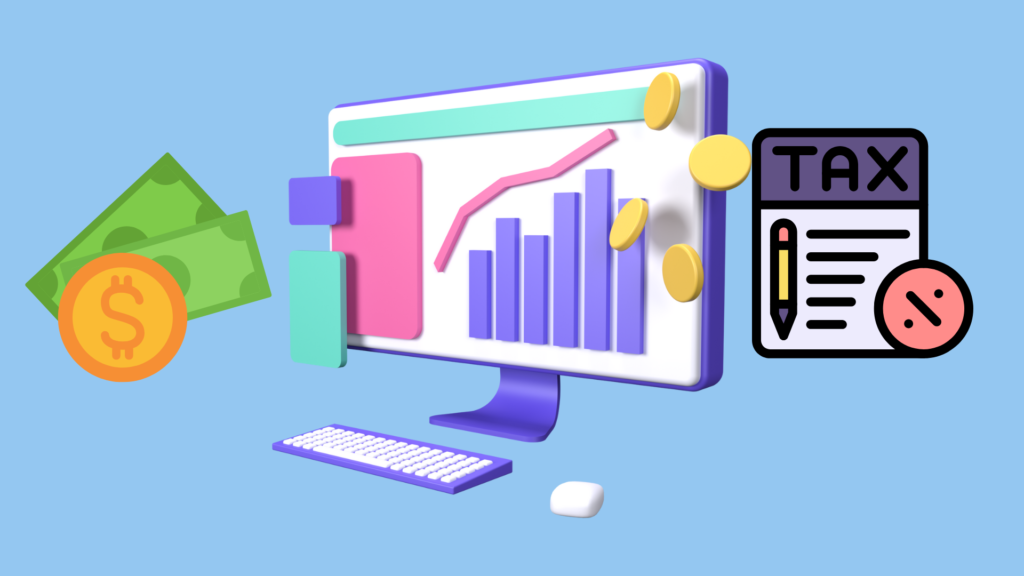The allowance method for bad debt expense is an accounting approach used to estimate and record the potential losses from accounts receivable that may not be collectible.

What is Bad Debt Expense Allowance Method?
The allowance method for bad debt expense is an accounting approach used to estimate and record the potential losses from accounts receivable that may not be collectible. This method adheres to the principle of matching expenses with revenues, ensuring that the financial statements more accurately reflect the company’s financial position. Here’s a detailed overview of how the allowance method works:
Key Concepts
- Allowance for Doubtful Accounts: This is a contra-asset account that offsets Accounts Receivable on the balance sheet. It represents the estimated amount of receivables that may not be collected.
- Bad Debt Expense: This is the expense recorded on the income statement to account for the estimated uncollectible accounts. It reduces net income for the period.
Steps in the Allowance Method
- Estimate Bad Debt: Estimate the amount of receivables that will not be collected. This can be done using various methods:
- Percentage of Sales Method: Estimate bad debts as a percentage of total sales for the period.
- Percentage of Receivables Method: Estimate bad debts as a percentage of the ending Accounts Receivable balance.
- Aging of Receivables Method: Analyze accounts receivable by their age and apply different percentages based on how long they have been outstanding.
- Record the Estimated Bad Debt:
- Adjusting Entry: At the end of the accounting period, record an adjusting journal entry to reflect the estimated bad debt expense. This involves:
- Debiting Bad Debt Expense
- Crediting Allowance for Doubtful Accounts
- Journal Entry:
- Debit Bad Debt Expense: $5,000
- Credit Allowance for Doubtful Accounts: $5,000
- Adjusting Entry: At the end of the accounting period, record an adjusting journal entry to reflect the estimated bad debt expense. This involves:
- Write-Off Specific Accounts: When it becomes clear that a specific account is uncollectible, write it off against the Allowance for Doubtful Accounts:
- Journal Entry:
- Debit Allowance for Doubtful Accounts
- Credit Accounts Receivable
- Journal Entry:
- Adjust Allowance Account: Periodically review and adjust the Allowance for Doubtful Accounts as needed to reflect changes in estimated uncollectibles.
Example
Suppose a company uses the percentage of receivables method and estimates that 3% of its $200,000 in receivables will be uncollectible. The estimated bad debt expense would be:
Estimated Bad Debt Expense=$200,000×0.03=$6,000
If the Allowance for Doubtful Accounts currently has a balance of $1,000 (perhaps from previous periods), the company needs to adjust it to $6,000. Thus, the adjusting entry would be:
Bad Debt Expense=$6,000−$1,000=$5,000
Journal Entry:
- Debit Bad Debt Expense: $5,000
- Credit Allowance for Doubtful Accounts: $5,000
Advantages
- Accurate Matching: Matches bad debt expenses with the revenues they help generate, providing a clearer picture of profitability.
- Financial Reporting: Ensures financial statements reflect a more accurate view of assets and income.
Summary
The allowance method provides a systematic way to estimate and record bad debt, improving the accuracy of financial reporting by aligning expenses with revenues and reflecting potential losses more accurately on the balance sheet.
Leave a Reply